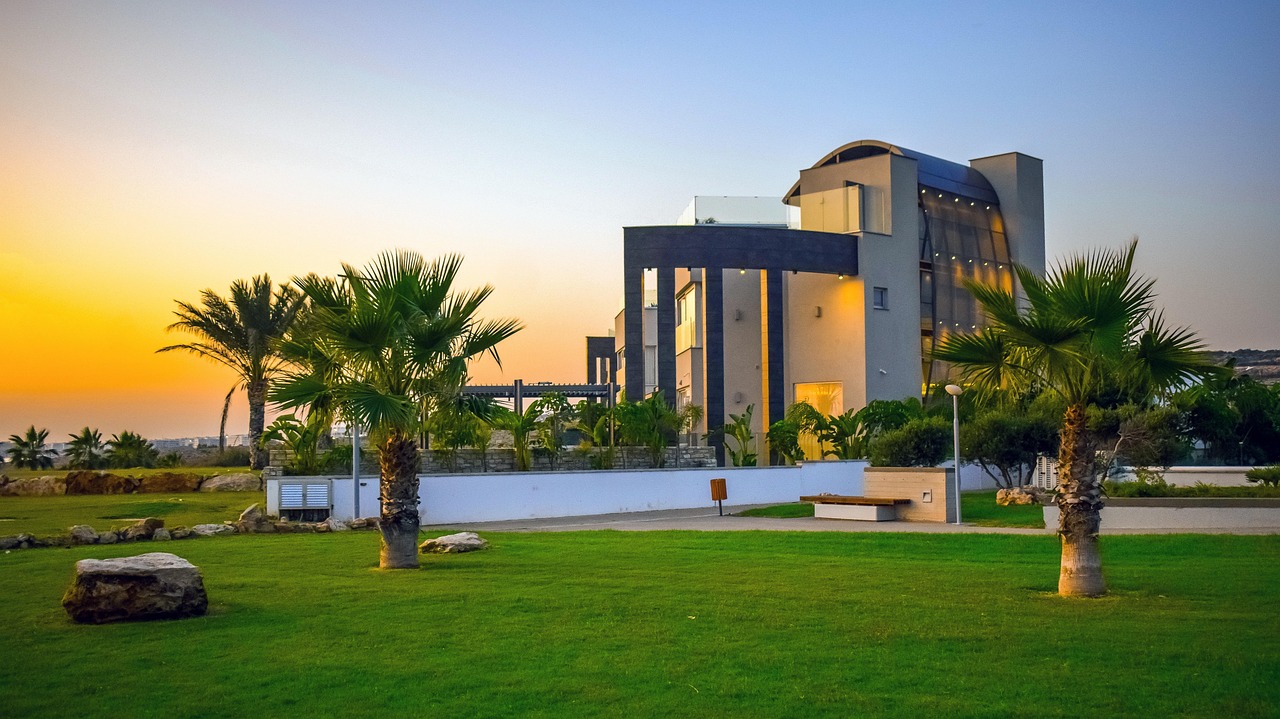Lighting plays a pivotal role in shaping the atmosphere and functionality of any space, and churches are no exception. The right lighting can enhance the spiritual experience, highlight architectural features, and create a welcoming environment for congregants. In this article, we will explore the significance of effective church lighting and the various elements to consider when designing a lighting scheme for these sacred spaces.
One of the primary purposes of church lighting is to create an ambience that fosters reflection and worship. Soft, warm lighting can evoke a sense of peace and tranquillity, encouraging congregants to engage in contemplation and prayer. Conversely, brighter lights may be necessary during services to ensure that all attendees can see the proceedings clearly, particularly during readings or performances. Striking the right balance between these two extremes is crucial to creating an inviting atmosphere.
When designing a church lighting scheme, it is essential to consider the architecture of the building. Many churches boast stunning stained glass windows, intricate woodwork, and unique structural elements that deserve to be highlighted. Thoughtful placement of lights can draw attention to these features, allowing them to shine and enhancing the overall aesthetic of the space. For instance, using uplighting to illuminate the walls can create a dramatic effect, while downlighting can provide focused illumination for specific areas, such as the altar or pulpit.
In addition to aesthetics, functionality is a key consideration in church lighting design. Many churches host a variety of events, from regular services to weddings, baptisms, and community gatherings. Each event may require different lighting setups to accommodate various activities. For example, a wedding might benefit from softer, romantic lighting, while a community meeting may require brighter, more utilitarian illumination. A flexible lighting system that allows for easy adjustments can help churches cater to these diverse needs.
Another important aspect of church lighting is energy efficiency. With the rising costs of energy and a growing awareness of environmental issues, many churches are looking for ways to reduce their carbon footprint. LED lighting has become a popular choice due to its long lifespan and low energy consumption. By investing in energy-efficient lighting solutions, churches can save money on their energy bills while also contributing to a more sustainable future.
Moreover, the use of smart lighting technology can further enhance the functionality of church lighting. Smart systems allow for remote control of lighting setups, enabling quick adjustments to suit different events or times of day. This technology can also include features such as dimming capabilities and colour temperature adjustments, allowing for even greater flexibility and creativity in lighting design.
Incorporating church lighting into the overall design of a church can also have a profound impact on the congregation’s experience. The right lighting can help to create a sense of community and belonging, making attendees feel more connected to one another and to the spiritual message being conveyed. By fostering an inclusive environment, churches can encourage greater participation and engagement from their congregants.
Furthermore, it is essential to consider the emotional impact of lighting in a church setting. Different lighting scenarios can evoke various feelings and responses from congregants. For example, bright, focused lighting during a sermon can convey a sense of urgency and importance, while softer lighting during a moment of reflection can promote calm and introspection. Understanding these emotional cues can help church leaders create a more impactful worship experience.
In conclusion, effective church lighting is a multifaceted aspect of church design that significantly influences the atmosphere, functionality, and emotional impact of the space. By considering the architectural features, the needs of the congregation, and the benefits of modern technology, churches can create a lighting scheme that enhances the worship experience. Investing in thoughtful church lighting design not only elevates the aesthetic appeal of the space but also fosters a deeper connection between the church and its community.








